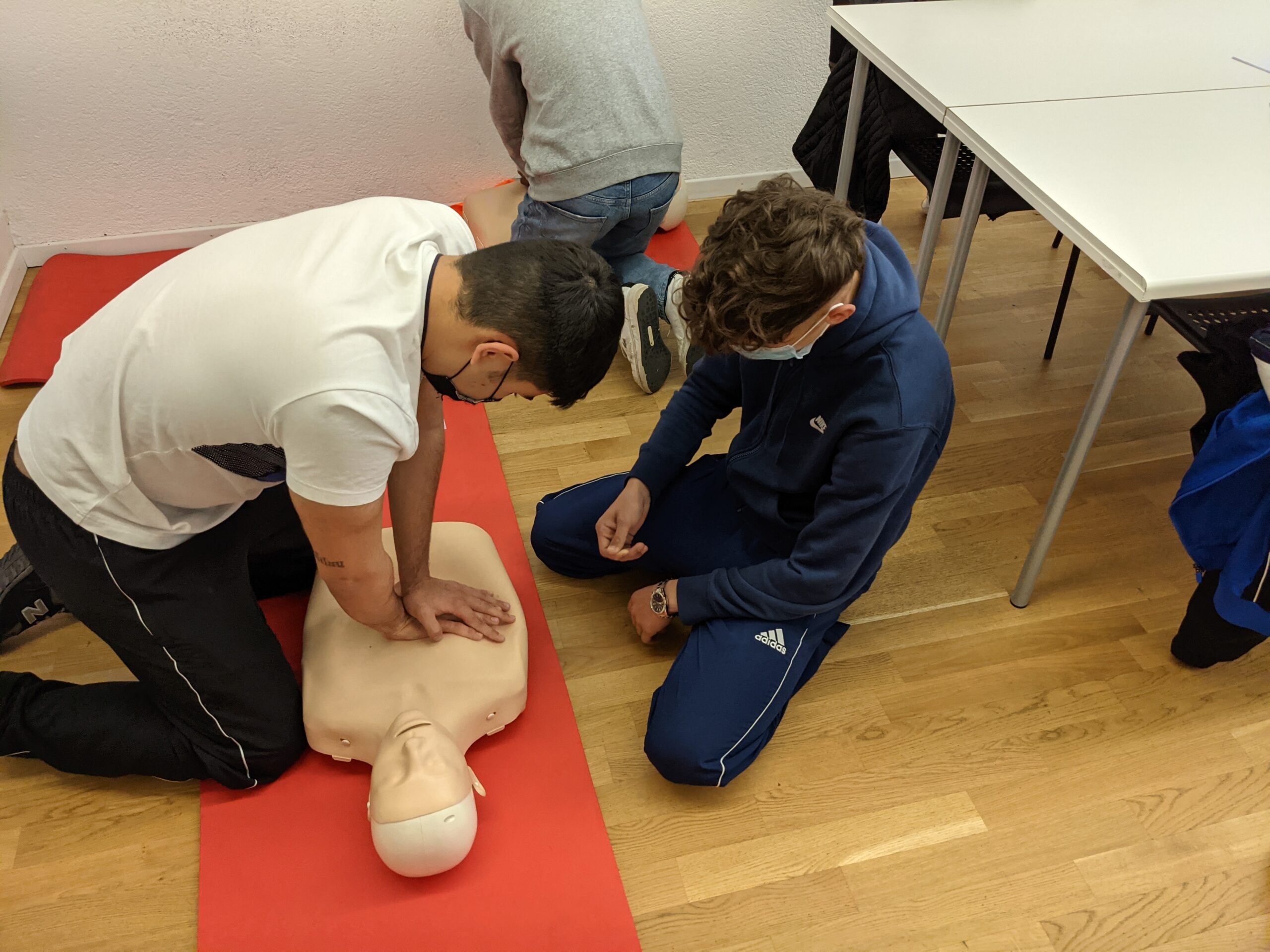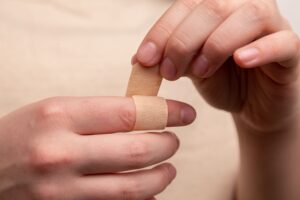Table of Contents
How to Perform First Aid CPR
How to Perform First Aid CPR – Learning how to perform CPR is a valuable skill that everyone should know. You never know when you might be called upon to use it to save someone’s life. This article will teach you the steps for performing CPR so that you can be prepared in the event of an emergency.
What is CPR?
CPR, or cardiopulmonary resuscitation, is a life-saving technique that can be used when someone has stopped breathing or their heart has stopped beating. CPR can be performed on adults, children, and infants. When performed correctly, CPR can help keep oxygenated blood flowing to the brain and other vital organs.
CPR consists of chest compressions and rescue breaths. The chest compressions are used to simulate the pumping action of the heart and help circulate oxygenated blood throughout the body. The rescue breaths provide oxygen to the lungs.
CPR can be performed in two ways: with the help of an automated external defibrillator (AED) or without an AED. If an AED is available, it should be used as soon as possible. If an AED is not available, CPR should be performed without one.
When performing CPR without an AED, chest compressions should be given at a rate of 100-120 per minute. For adults, the compression-to-breath ratio is 30:2. This means that for every 30 chest compressions, 2 rescue breaths should be given.
What are the steps for performing CPR correctly?
1. To begin, ensure that the scene is safe for both you and the victim. If not, call for help or send someone to call for help while you attend to the victim.
2. Next, check for signs of life. If the victim is unresponsive and not breathing normally, begin CPR by first delivering 30 chest compressions followed by two rescue breaths.
3. For chest compressions, place the heel of your hand on the breastbone in the center of the victim’s chest and press down firmly. Interlace your fingers and place your other hand on top of your interlaced fingers. Use your body weight to help you perform the compressions.
4. For Rescue breaths, tilt the victim’s head back and lift the chin to open the airway. Pinch the nose shut and seal your mouth over the victim’s mouth to make a complete seal. Deliver each breath slowly and watch for the chest to rise as you do so.
5. After two Rescue breaths, continue with another cycle of 30 chest compressions followed by two rescue breaths until help arrives or until the victim begins to breathe on their own.
When should you perform CPR?
CPR, or cardiopulmonary resuscitation, is a life-saving technique used when someone’s heart stops beating. While CPR can be performed in many different situations, there are certain circumstances when it is particularly important to perform CPR.
If someone has suffered a cardiac arrest, performing CPR immediately can be the difference between life and death. Cardiac arrest occurs when the heart suddenly stops beating, and it can happen to anyone at any time. When someone goes into cardiac arrest, their blood stops circulating and they will quickly lose consciousness. If CPR is not performed within minutes, they will die.
CPR can also be used if someone is choking. Choking occurs when an object becomes lodged in the throat and blocks the airway. If the person cannot breathe, they will quickly lose consciousness and will eventually die if CPR is not performed.
In general, CPR should be performed whenever someone is not breathing and does not have a pulse. By performing CPR, you can keep the person alive until medical help arrives.
Who can perform CPR?
CPR can be performed by anyone who is trained in the procedure. However, it is recommended that only those who are certified in CPR should perform the procedure on someone who is not breathing.
First aid CPR is a lifesaving technique that everyone should know. By following the steps outlined above, you can help someone in need and potentially save a life. Remember to always call 911 first, and then start CPR if the person is unresponsive and not breathing normally. With proper training and practice, you can be confident in your ability to perform CPR correctly and make a difference in an emergency situation.
Extra large household Dual-layer first aid kit multifunctional medicine box/First aid kit/Storage Boxes & Bins
Sealed and moistureproof
Food-grade materials,healthy and safe
Double design
Price: $39.99
















